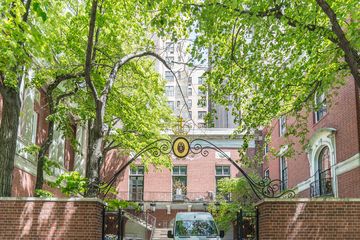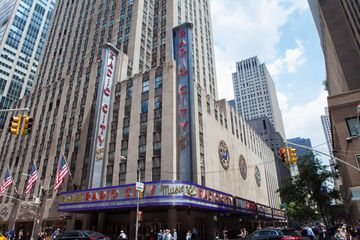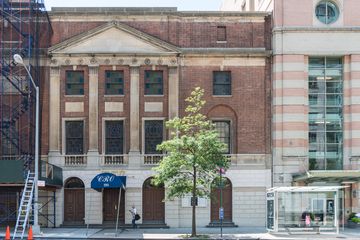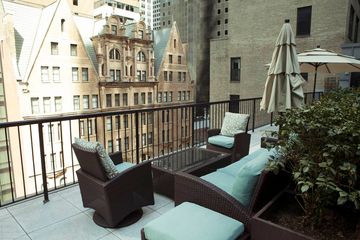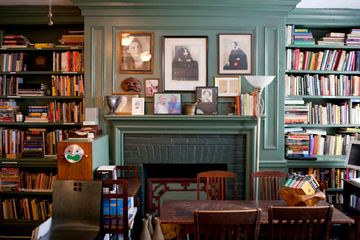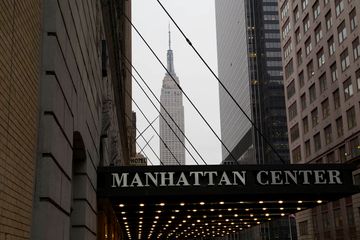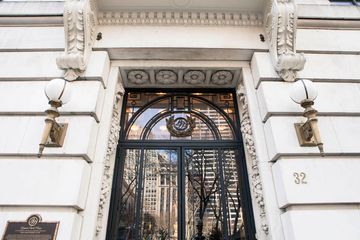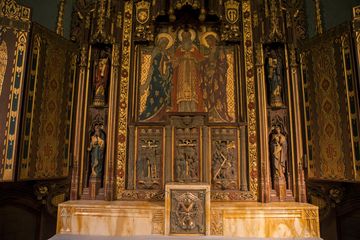The Neighborhood Playhouse is both a great community resource and an old-fashioned reminder of the timelessness of great theater. Virtually invisible from the street, the only clue to its existence is a red, unmarked door and a modest sign. Once inside, however, I discovered that this almost one hundred year old building holds within it a proscenium theater, a full-size dance studio, and plenty of dressing rooms and classrooms. What a fascinating tour I was treated to by Emily Duncan, the admissions administrator, where I learned about their history and mission. The lobby, with its shabby elegance, features photos of famous graduates, as well as scenes from plays over the course of the school's history. The top two floors of the building are devoted to a beautiful dance studio with wood floors and soaring ceilings. A lover of dance, I was particularly moved when Emily announced that I was standing in the former domain of dancer and choreographer, Martha Graham, who taught at the Neighborhood Playhouse alongside actor and teacher, Sanford Meisner. I was also enrapt by Christine Cirker, the librarian, who proudly discussed their vast collection of plays and theatre criticism. Incredibly knowledgeable and passionate about the world of theater, she told me that she also teaches classes on script interpretation. Christine went on to explain the playhouse's claim to fame: the Meisner Technique, a method of acting that emphasizes that one should "live truthfully under given imaginary circumstances. " Sanford Meisner developed his famous improvisation-based technique at the Playhouse in the mid-1940s, which continues to train actors to this day. It counts among its list of prominent alumni names: Gregory Peck, Robert Duvall and Steve McQueen; and more recently, it has added to its roster, Allison Janney and Chris Noth. The playhouse trains about one hundred students at any given time, seventy-five first-years and twenty-five second-years who have been invited back as a result of a unanimous faculty vote. According to Emily, graduates have an easier time finding work than most aspiring actors due to their alma mater's extensive network of influential writers, directors, and actors. Much of the faculty is closely involved in the theater world, and as Pamela Moller Kareman, the playhouse's executive director, shared, "It's a big leap to become a professional actor; we want people to know that you can do this with your life. " And from the time that I spent here, it became apparent that the staff at Neighborhood Playhouse is there to guide and support students every step of the way.


